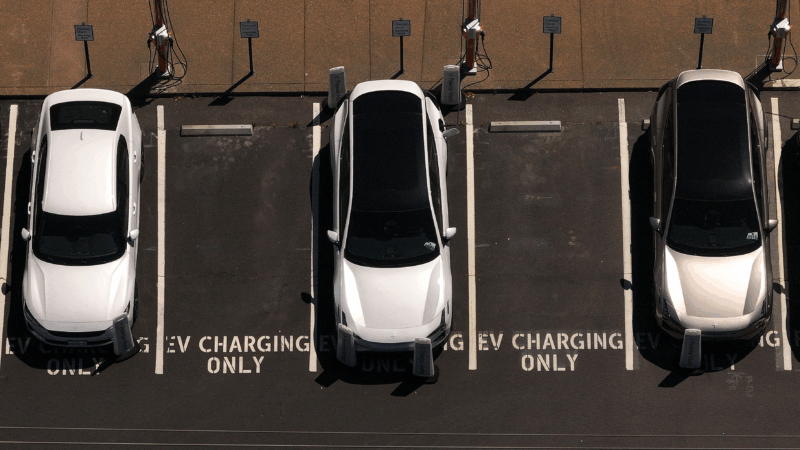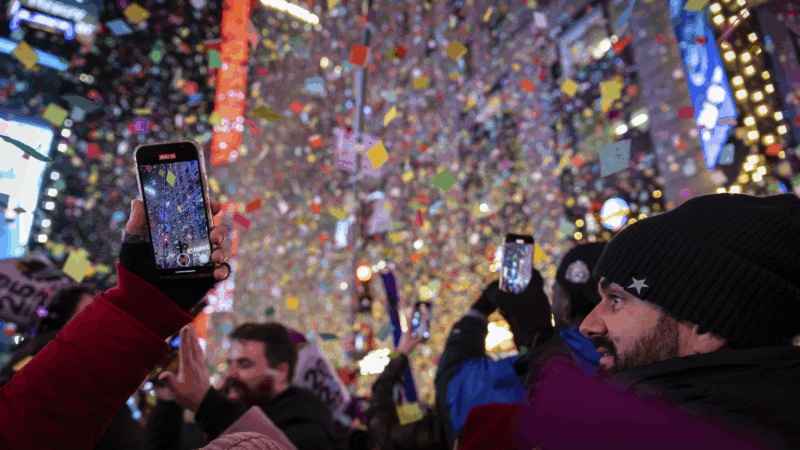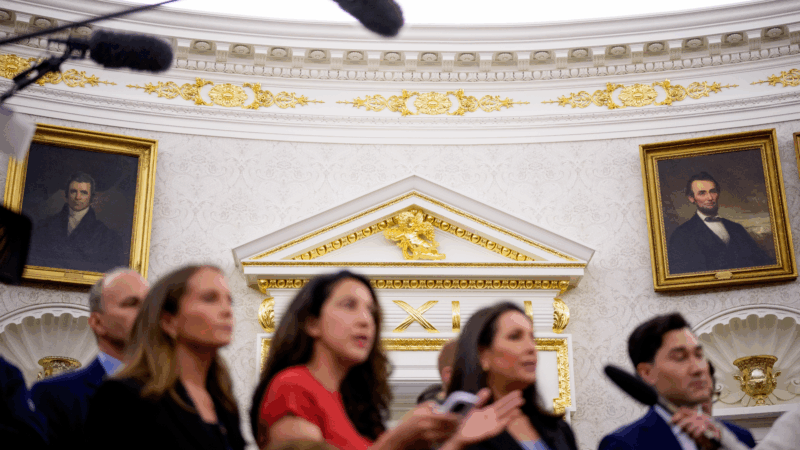Urban Divide: Arts & Economy
John’s City Diner in downtown Birmingham is a beehive of activity. The tables are full of businessmen and women enjoying trout, meatloaf and the salad special of the day. A short line of diners wait their turn to be seated, as the wait staff lights from booth to table. It’s lunch during the workweek. But, if you visit John’s at night, it’s another picture. For one – It’s quieter. There aren’t as many customers and the wait staff stands around… a lot, unless there’s something going on.
“In a perfect world for us, there would be an event in the downtown area, seven days a week. It would be huge for us.”
Shannon Gober owns John’s City Diner
“Last year, we had the Lion King, which ran for the entire month. So, it completely turned our business upside down for a month, in the best possible way. It was happening in August, leading into September, which is right when school is starting back, football season is kicking into gear and those can be slower times for us.”
Gober’s story is typical, says Michael Calvert. He’s director of Operation New Birmingham, a non-profit that promotes the city center.
“People attending arts events, whether it’s a concert at Alys Stephens or a movie in the summer at the Alabama Theater, or some event at the Civic Center have a tendency to have dinner beforehand at a downtown restaurant, possibly a dessert and a glass of wine afterwards. It definitely has an impact on the downtown economy, and, from our perspective, it’s almost as important in generating vitality and activity in downtown.
The national non-profit group, Americans For the Arts, recently completed a study which found that in Birmingham, nonprofit arts and culture entities create more than $125 million in economic activity each year. The group’s Nina Ozlu says one of the strengths of the arts and culture sector is its ability to draw spending consumers from outside the immediate area.
“And, that is where local governments get the biggest bang for the buck. Because you’re getting additional dollars coming into your community just because the arts were a destination for that individual or that family to come and spend money there, and the ones that come from out of town, spend twice as much than locals.”
But you have to look past dollars and cents, says University of Pennsylvania urban studies professor Mark Stern. He says an arts community’s true value in revitalizing a downtown area is its ability to strengthen links between the people there, and make people, in the neighborhood, more conscious of the neighborhood.
“So that on the one hand you have kind of an arts and cultural impact, in terms of actually serving as a spur to creativity and making the arts scene more dynamic, and you have a community impact of building civic institutions within the neighborhood and building links between these natural cultural neighborhoods and other parts of the city.”
It’s this sense of camaraderie with others in the arts and culture scene propels some folks to locate their businesses in downtown Birmingham, instead of the suburbs. In a small storefront, across the street from the Alabama Theatre, a couple dozen girls gather to practice their hip-hop moves. Some giggle as they line up to begin, others look like they’d rather have their teeth pulled. The music starts and they strut their stuff. This is just one of many classes held in the studio space at Playhouse Costume, Coop and Seam Shop. Owners Ed and Mary Gurney moved their business downtown, in the heart of the theater district, because, they say, that’s where the action is.
“We have dance troupes come through those spaces. You have national tours come through those spaces, and they’re always needing costume repair, or new things being done. And, just the support structure to put on an event. So, being here downtown, right across the street from those, helps them and helps us. Just with everybody expanding and trying to do more arts and bringing more to the community, it just felt like the right place to be downtown.”
There can be challenges, though. Parking is an issue and downtown is off most people’s beaten path. There’s a perception that there’s not much going on downtown – that it’s vacant. There are unoccupied buildings, but that number has decreased in the last several years. Operation New Birmingham reports that in 2003, there were 98 vacant properties and 26 occupied buildings. Today, there are 71 vacant buildings and 40 occupied properties.
Even the folks who promote downtown as a destination admit some residents may hear about crime and wonder if it’s safe, especially after dark. Wendy Jarvis is executive director of Bare Hands Gallery in downtown.
“Bare hands had an air conditioner that was stolen, we had someone throw a rock through the window to get our donation box. But, in the four years we’ve been here, there were only two incidences, and for the most part, it’s a very pleasant place.”
Whether perception or reality, crime is an issue for anyone considering going downtown after dark, and crime prevention often falls to the City Action Partnership or CAP. Working with the Police Department, CAP provides complimentary security patrols and escorts, help for stranded motorist and other miscellaneous services. It’s funded by private property owners in a 90 square block area of the downtown business district. CAP executive director Teresa Thorne says downtown crime has steadily decreased over the last several years.
“The biggest crime that we have here, which is probably true for any city is theft, specifically theft from vehicles. And, we’ve seen those go down about half over the past three years.”
Thorne cites Birmingham police department statistics that show since 2003, robbery is down 17%, aggravated assault is down 13%, and burglary has declined 57% downtown.
Even with the stigma of being out of the way and unsafe, gallery director Wendy Jarvis says there are more pluses than minuses to being located downtown.
“Because, certainly, there are beautiful event spaces in the suburbs in Hoover, and what not, but there’s a mystique about downtown Birmingham, and there’s this great little space because we can accommodate smaller parties. So, like it’s small, it’s rustic and it’s hip because it’s downtown, so yeah, we have our own cachet because we’re downtown.”
“It’s something we talk about in our sector.”
Kathy Yarbrough is executive director of the Cultural Alliance of Birmingham.
“Artists and arts organizations, we’re brave pioneers, so we will go into areas where prices are low because we can’t afford very expensive real estate. So, we’re early innovators.”
Historically, small businesses and nonprofits rent or purchase downtown office or building space for a song. However, as their presence helps revitalize the city center, and more people move their businesses, or choose to live downtown, this could create a commercial real estate backlash.
“I think in the next three to five years, you’ll see a major impact on commercial real estate space in the downtown area.”
Robert Simon is president of Corporate Realty Associates, a developer of downtown real estate, including Jemison Flats lofts.
“Certainly, through the development of people selling their buildings and people buying their buildings and developers are buying the buildings and redeveloping them, they’re spending more money. And, where a property owner used to just accept whatever rent they could get, so they could have some income coming out of the property, developers are spending more money to bring those properties up, and they need more money for the space on the ground floor.”
Simon says the arts and cultural community, small business owners, and developers would all benefit from the creation of a cultural authority and a retail authority.
“Let them work hand in hand. there needs to be a body that people can go to, as opposed to going to the independent owners of the building. But, if they can go to one person who has connectivity to all of these property owners, then they can pick and choose the right things for the right places.”
Right now, the arts and culture community holds its breath as the Jefferson County Commission holds budget meetings to determine how much of its four-point-two million dollar arts appropriations it might have to cut. A decision is expected in the next few weeks.
From chess to a medical mystery: Great global reads from 2025 you may have missed
We published hundreds of stories on global health and development each year. Some are ... alas ... a bit underappreciated by readers. We've asked our staff for their favorite overlooked posts of 2025.
The U.S. offers Ukraine a 15-year security guarantee for now, Zelenskyy says
Ukrainian President Volodymyr Zelenskyy said Monday the United States is offering his country security guarantees for a period of 15 years as part of a proposed peace plan.
Electric vehicles had a bumpy road in 2025 — and one pleasant surprise
A suite of pro-EV federal policies have been reversed. Well-known vehicles have been discontinued. Sales plummeted. But interest is holding steady.
Why do so many people ring in the new year on Jan. 1?
Much of the world follows the Gregorian calendar, named after Pope Gregory XIII, who put the finishing touches on a Roman system that integrated ideas from other cultures.
A ‘very aesthetic person,’ President Trump says being a builder is his second job
President Trump was a builder before he took office, but he has continued it as a hobby in the White House.
Teens are having disturbing interactions with chatbots. Here’s how to lower the risks
Teen use of AI chat bots is growing, and psychologists worry it's affecting their social development and mental health. Here's what parents should know to help kids use the technology safely.






